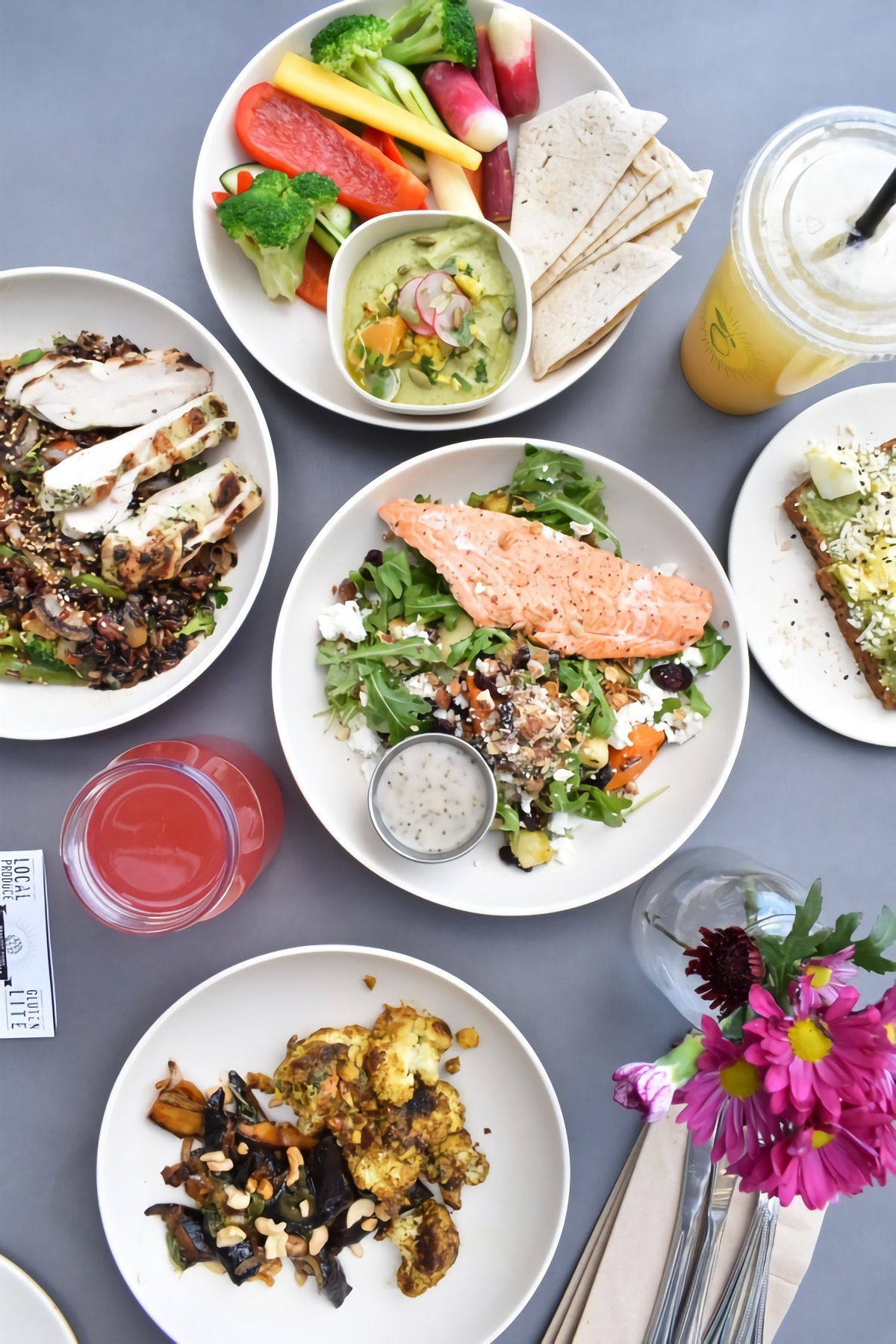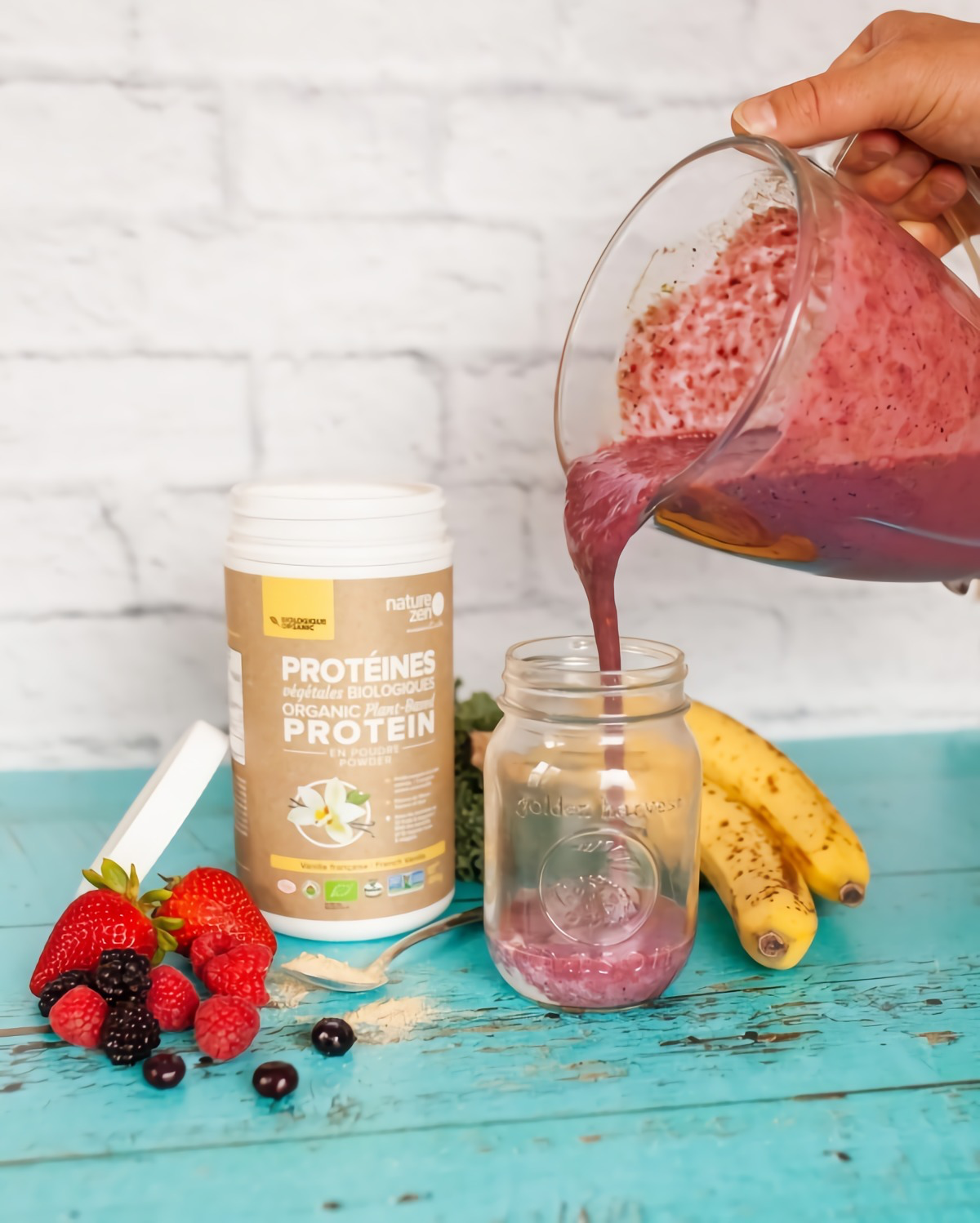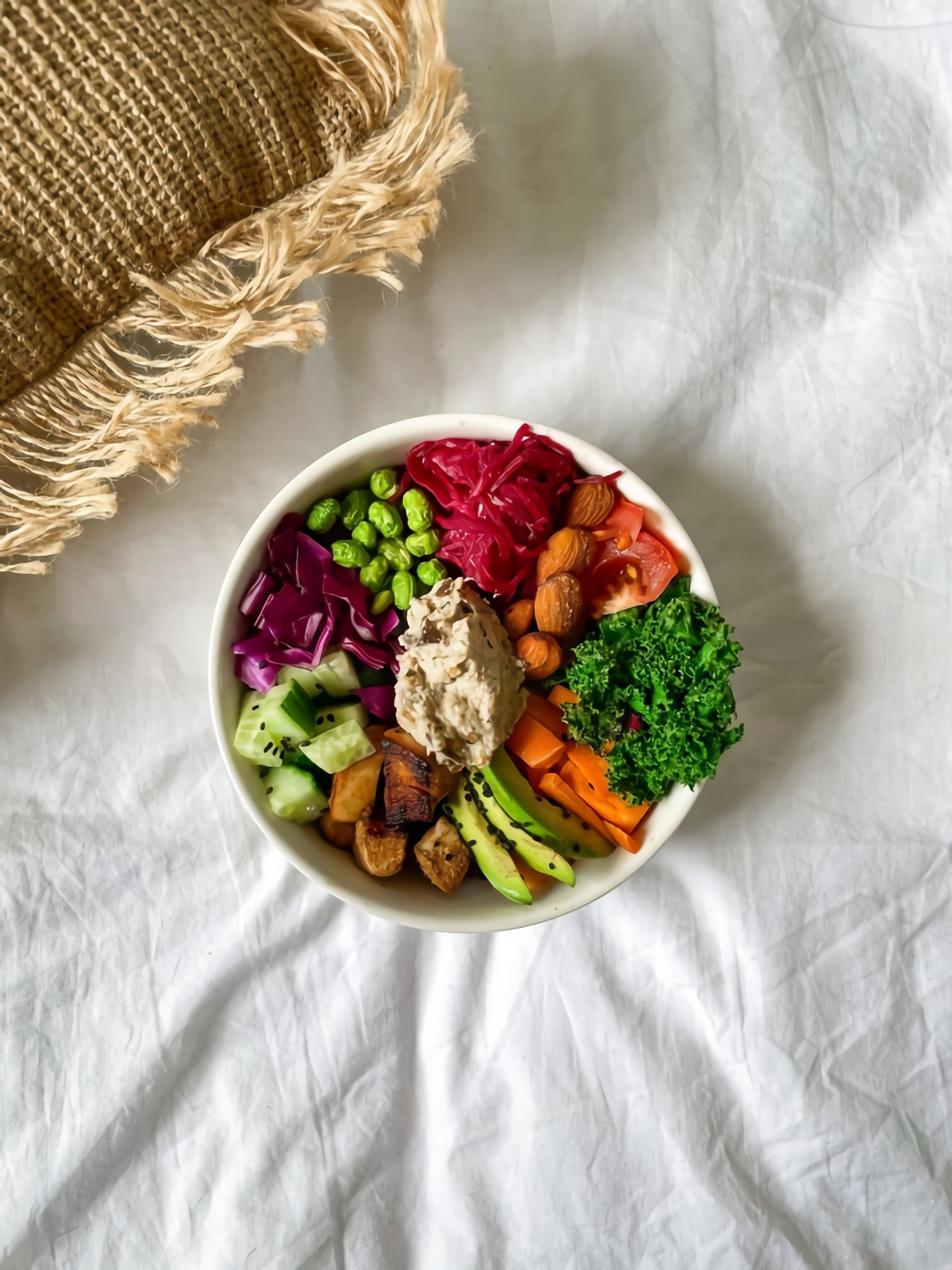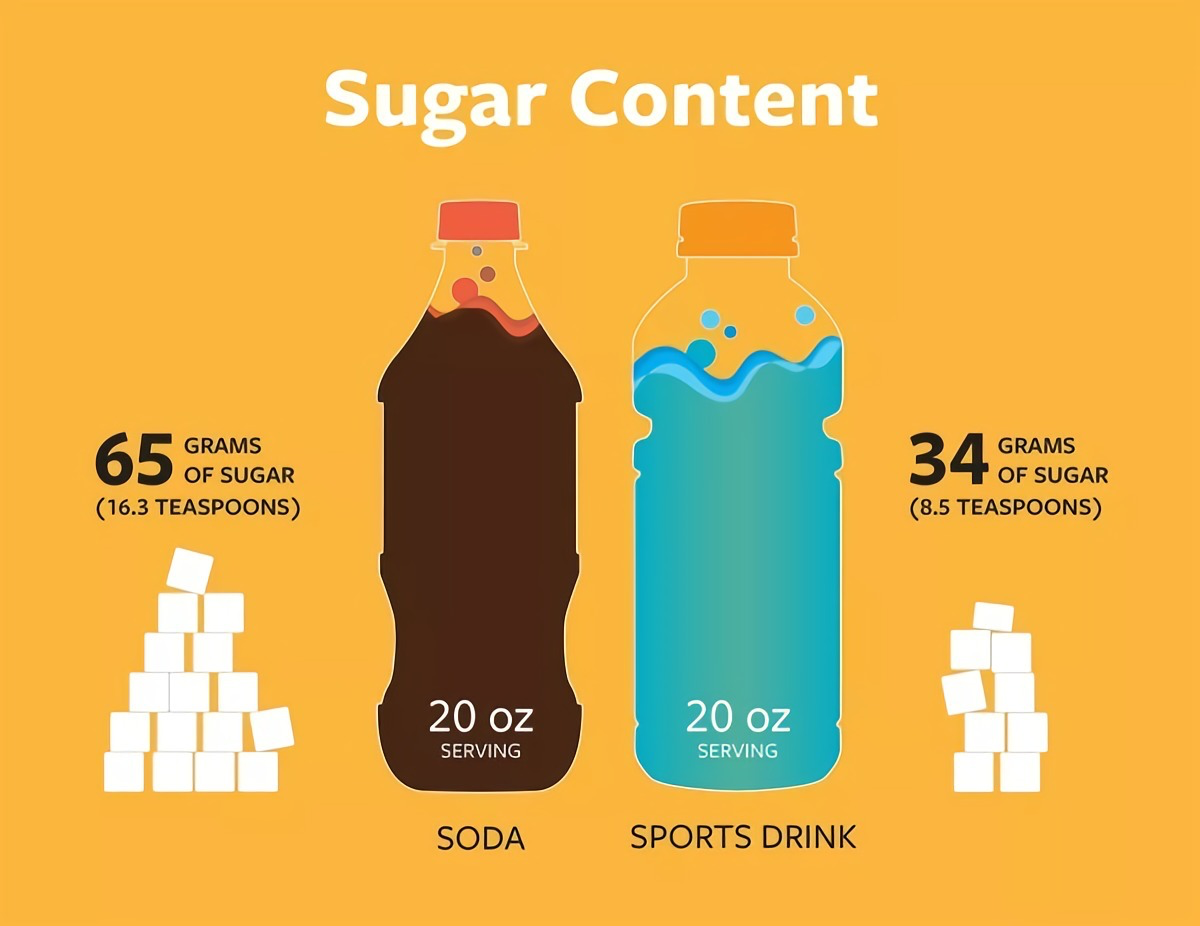What to Eat After a Workout? A Coach’s Real-Talk Guide to Recovery
I’ve spent more years than I can count in gyms and on training fields, and I’ve seen the same story play out a thousand times. Someone gives their absolute all to a workout—picture-perfect form on the last rep, sprinting past the finish line, completely spent. They feel on top of the world, as they should. And then… they walk out and make a few simple mistakes in the next hour that basically cancel out all that incredible effort.
In this article
It’s a pattern I see in brand-new clients and, honestly, even in some experienced athletes who ought to know better.
I remember one guy in his forties who was just completely frustrated. He was training with me three times a week, never missed a session, and his intensity was through the roof. But his body just wasn’t changing the way he wanted. His training log looked perfect. The problem, it turned out, wasn’t what he did in the gym. It was his post-workout ritual: heading straight to a coffee shop for a giant, sugary muffin and a fancy latte. He figured he’d “earned” it. In reality, he was just pouring sugar on his own progress. Once we swapped that muffin for a simple protein shake and a banana, the change was dramatic. In just six weeks, he’d dropped 8 pounds and was hitting new personal records in his lifts. He couldn’t believe the difference.

That story is incredibly common. The real work of building a stronger, healthier body doesn’t stop when you drop the weights. In a lot of ways, that’s when it truly begins. Your body is in a special state right after you exercise, primed and ready for repair and growth. What you do next decides everything. So, let’s get into it.
So, What Actually Happens When You Exercise?
To get recovery right, you have to know what you’re recovering from. A good workout is basically a form of controlled stress. You’re challenging your body, and its response is to adapt and come back stronger. Think of it like a construction project: the workout is the demolition, and the recovery is when you bring in the good materials to build something better and more resilient.
Here’s a quick look at what’s going on inside:
- Muscle Fiber Damage: When you lift weights or do anything intense, you’re creating tiny little tears in your muscle fibers. Don’t panic, this is a good thing! It’s the signal your body needs to start rebuilding. The body’s repair crew comes in, patches up the damage, and adds a little extra so it can handle that same stress better next time. This is how muscles get stronger, and it relies heavily on protein.
- Empty Fuel Tanks: Your muscles run on a stored sugar called glycogen. It’s your body’s high-octane fuel. A tough workout can leave those stores seriously depleted, which is why you might feel weak or “flat” afterward. Getting those tanks refilled is a top priority.
- The Hormone Game: Intense exercise spikes your stress hormones, which is useful during the workout. But afterward, you want those levels to come down fast. The goal of a good recovery meal is to shift your body out of a breakdown state and into a building state, and the right nutrients are what flip that switch.
- Fluid Loss: You sweat. A lot. And with that sweat, you lose not just water but also crucial minerals called electrolytes, like sodium and potassium. Even being a little dehydrated can wreck your recovery and performance, leading to cramps and fatigue.

The 3 Pillars of Post-Workout Recovery
Okay, with that science out of the way, the game plan becomes pretty clear. I teach my clients to focus on three key things in the first couple of hours after they train. There’s been a lot of debate about the so-called “anabolic window,” but the principle is sound: your body is most ready to soak up nutrients right after a workout. Why wouldn’t you give it what it needs when it’s asking for it?
Pillar 1: Refuel with Carbs (Don’t Be Afraid!)
The fear of carbs has sabotaged more fitness goals than I can count. Listen, after a tough workout, carbohydrates are your best friend. They are the tool for the job.
Why it matters: Refilling your muscle glycogen stores helps lower stress hormones and gives you the energy you need for your next session. Skipping them leaves you running on fumes.
Heads up for fat loss goals: A lot of people trying to lose weight panic here. This post-workout meal isn’t extra food. It’s just smart timing. You’re strategically placing the carbs and protein you were going to eat anyway right when your body needs them most. Think of it as allocating your daily budget to the most important expense.

What to eat: This is one of the rare times faster-digesting carbs are a good idea. Think a banana, a handful of dates, white rice, or potatoes. If you prefer, whole-food options like oats or sweet potatoes work great too. The main thing is just to get them in. A good rule of thumb for most people is a serving about the size of your cupped hand.
Pillar 2: Rebuild with Quality Protein
Protein provides the amino acids—the actual building blocks—for muscle repair. Skipping protein after a workout is like demolishing a house and then never hiring the construction crew to rebuild it.
Why it matters: Protein kicks off the muscle repair process. It’s the difference between just feeling less sore and actually becoming stronger and more toned.
What to eat: You want something that’s easy to digest. Here are some of my go-tos, from most convenient to most budget-friendly:

- Whey Protein: This is the classic for a reason. It’s fast, convenient, and effective. You can find it at any supplement store or online. A scoop generally runs you about $1.50 to $2.00.
- Greek Yogurt: A fantastic option that’s packed with high-quality protein and some carbs. A single-serving container is usually in the $1.50 range.
- Chicken or Fish: If you’re heading straight to a real meal, a 4-ounce portion of chicken breast or fish is perfect.
- Budget All-Stars: On a tight budget? Eggs and cottage cheese are your secret weapons. You can get 20-25 grams of top-tier protein for well under two bucks. Seriously, don’t sleep on cottage cheese!
How much you need: Research consistently points to 20-40 grams of protein after a workout to get the best results. A scoop of protein powder, a container of Greek yogurt, or 3-4 eggs will get you right in that sweet spot.

Pillar 3: Rehydrate the Right Way
This is so simple, but so many people mess it up. Dehydration will kill your performance and recovery. For most workouts, all you need is plain old water. Don’t fall for the marketing hype around sugary sports drinks—they’re loaded with calories you probably don’t need.
A pro tip: Weigh yourself before and after a tough workout. For every pound you lose, you need to drink about 16-24 ounces of water to replace it. Sip it steadily over the next hour or two, don’t chug it all at once.
Oh yeah, and a quick note on electrolytes. If you did a super long workout (over 90 minutes) or were sweating buckets in the heat, you might need them. A banana is great for potassium, and a tiny pinch of salt in your water can help with sodium. No need to buy anything fancy.
Common Recovery Mistakes I See Every Single Week
Knowing what to do is great. But knowing what not to do is just as important. Avoid these common traps.

-
The ‘I Earned It’ Calorie Binge. This is the muffin mistake. People are terrible at guessing how many calories they burn. That tough 45-minute weights session? Maybe 250-300 calories. That post-workout “reward” burger and fries can easily pack in over 1,000 calories. You can’t out-train a bad diet. See food as fuel, not a reward.
-
Using Alcohol as a ‘Recovery’ Drink. A post-game beer might feel like a ritual, but it’s one of the worst things for your body. It dehydrates you, directly interferes with muscle repair, messes up your sleep, and adds a ton of empty calories. If you’re going to have a drink, at least have your recovery meal and plenty of water first. But be honest with yourself: it’s always a step backward for your goals.
-
Skipping the Cool-Down. I see it all the time. Someone finishes their last set and bolts for the door. A proper cool-down is your body’s off-ramp from high stress to recovery. It only takes 10 minutes!
Here’s a simple, effective plan:
- Step 1: 5 minutes of very light cardio. Think a slow walk on the treadmill or easy pedaling on a bike. The goal is to let your heart rate come down gradually.
- Step 2: 5 minutes of basic static stretching. Focus on the main muscles you just worked. Hold each stretch for about 30 seconds—no bouncing!
-
Ignoring Sleep. This is the big one. You could have the world’s most perfect nutrition plan, but it won’t matter if you’re only getting five hours of sleep. Sleep is, without a doubt, the most powerful recovery tool you have. It’s when your body releases growth hormone and does the heavy lifting of repair. Getting 7-8 hours of quality sleep is non-negotiable.

A Few Extra Tools for Your Toolbox
Once you’ve nailed the basics—nutrition, hydration, sleep—you can think about the extras. These are the 5% tweaks, not a replacement for the 95% foundation.
When it comes to supplements, be skeptical. The industry is full of hype. A few have solid science behind them:
- Creatine Monohydrate: One of the most-studied supplements ever. It helps with power and recovery. A simple 3-5 grams a day is all you need. It’s safe, effective, and pretty cheap.
- Omega-3s (Fish Oil): Great for managing inflammation and overall joint health. A good long-term addition to your routine.
- Tart Cherry Juice: Some studies show this can help with muscle soreness. I’ve had some endurance athletes swear by it during heavy training periods.
By the way, you can probably skip the BCAAs (Branched-Chain Amino Acids). They were popular for a while, but modern research shows that if you’re eating enough quality protein from sources like whey or eggs, you’re already getting all the BCAAs you need. Save your money.

Quick tip: On your rest days, don’t just be a lump on the couch. Light activity, or “active recovery,” like a walk or gentle swim, can help you feel less stiff by increasing blood flow.
Putting It All Together: Sample Plans
Theory is great, but let’s make it practical. Here are some templates you can use.
For the Strength Trainee (Goal: Muscle & Strength)
- Right after training (0-60 mins): A protein shake with one scoop of whey and a banana. Fast, easy, done.
- Main Meal (1-2 hours later): 6 ounces of grilled chicken, a big sweet potato, and a giant pile of roasted broccoli.
For the General Fitness Fan (Goal: Health & Feeling Good)
- Post-Workout Meal (within 2 hours): There’s less urgency here, so just have your next healthy meal. A great choice is a big bowl of Greek yogurt with berries and a handful of almonds. Or three scrambled eggs with whole-grain toast and avocado.
- For my Late-Night Trainers: If you work out at 9 p.m., you don’t need a huge meal before bed. We keep it simple: a scoop of protein in water or a small bowl of cottage cheese is perfect. It gives your muscles what they need without weighing you down.
For the ‘I Have No Time’ Emergency

- The Lifesaver Meal: Keep a ready-to-drink protein shake (you can get these at any gas station or grocery store) and an apple in your gym bag. Is it perfect? No. Is it a million times better than stopping for fast food or eating nothing at all? Absolutely.
A Final Word from Me to You
Your body is an incredible machine that wants to get stronger. Your job is just to give it the right tools for the job. But the most important thing is consistency. One perfect recovery meal won’t do much if the next four are junk. It’s the sum of your choices over weeks and months that creates real, lasting change.
And finally, learn to listen to your body. Some days you’ll be hungrier or more sore. That’s valuable feedback. Recovery isn’t a rigid formula; it’s a personal practice you get better at over time.
Inspiration:


That post-workout window… is it really a 30-minute race against the clock?
Not exactly. While it’s crucial to refuel, the frantic rush to gulp down a shake is a bit of an old-school myth. Modern research shows the so-called
Ready-to-Drink Shake (e.g., Fairlife Core Power): The ultimate convenience. Grab it from the gym fridge and you’re done. It offers a precise, lab-tested dose of protein and carbs, which is great for consistency.
Homemade Smoothie: Your personal fuel blend. You control everything—the type of protein powder (like Optimum Nutrition’s Gold Standard Whey), the carb source (a banana or oats), and you can sneak in nutrient powerhouses like spinach or chia seeds. It’s often cheaper per serving and uses whole-food ingredients.
The coach’s verdict? Pre-made is unbeatable for busy days, but a homemade smoothie gives you superior nutritional control and quality.










